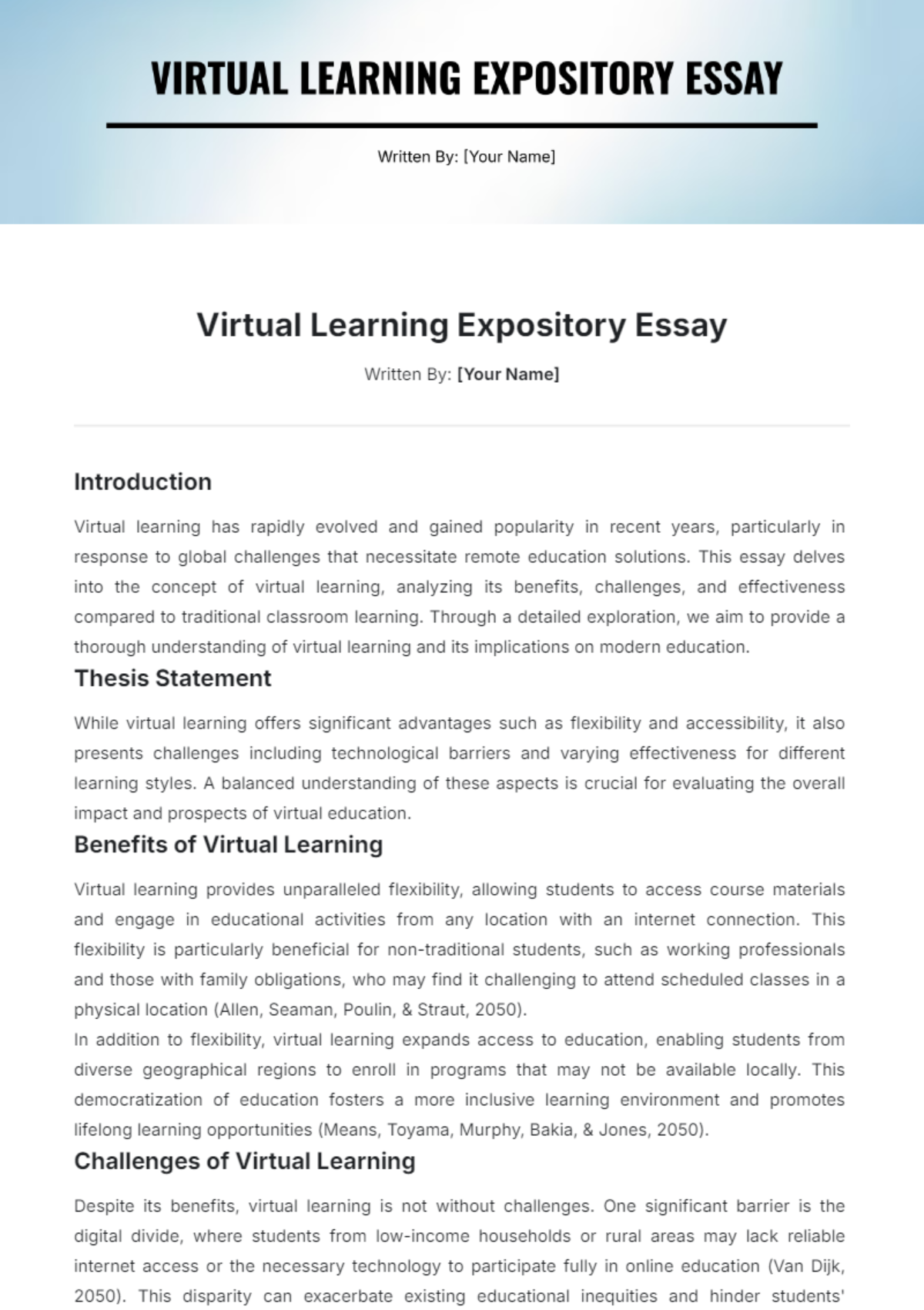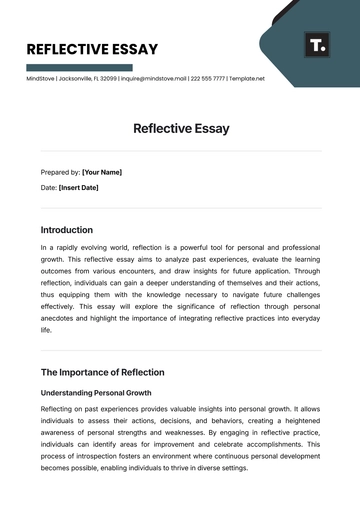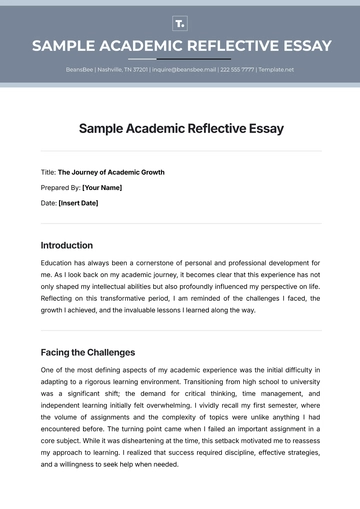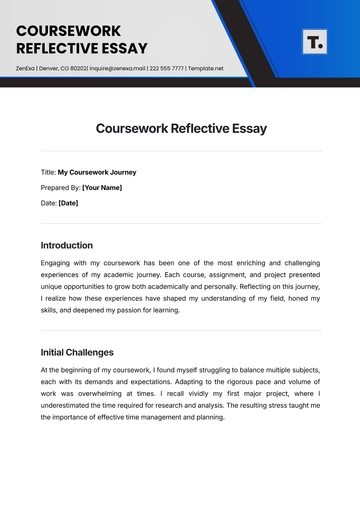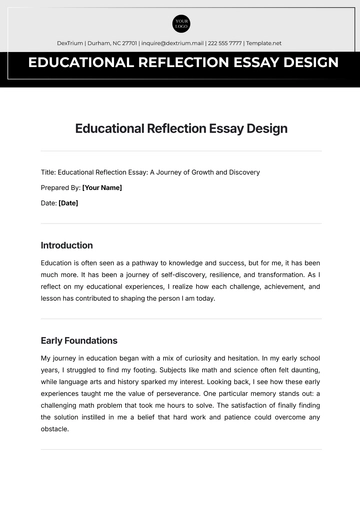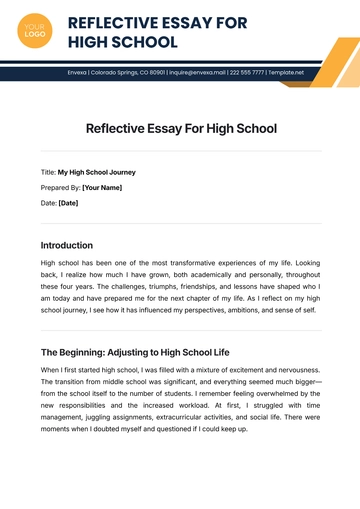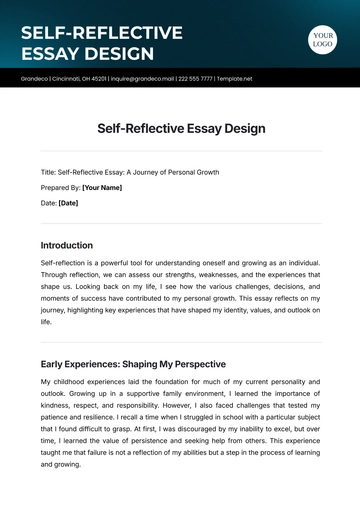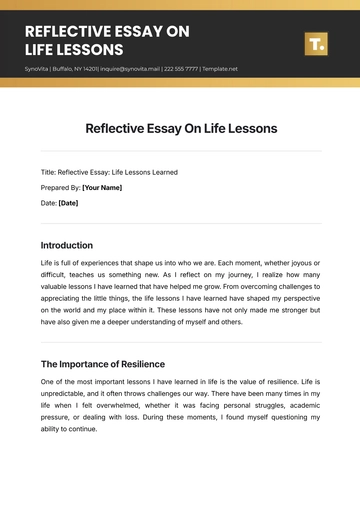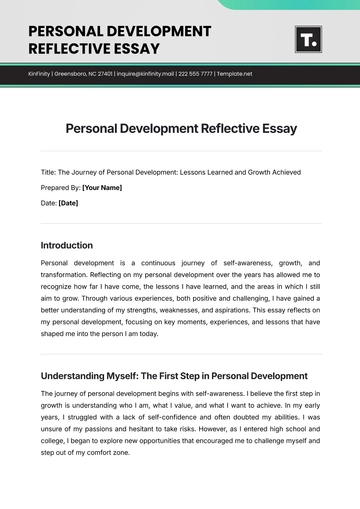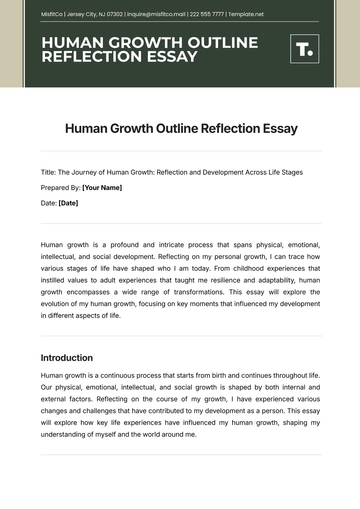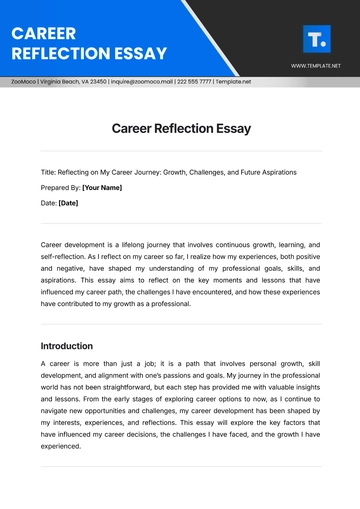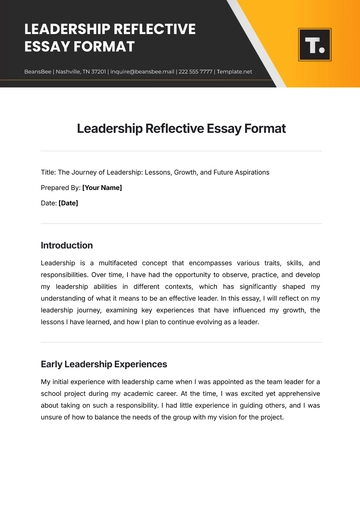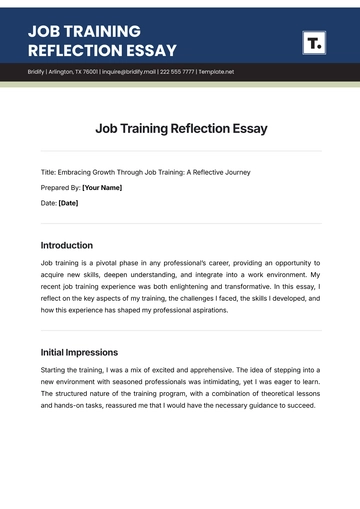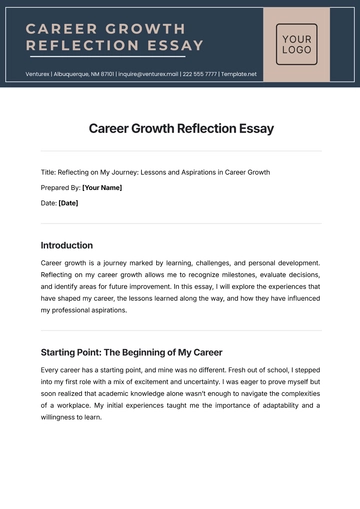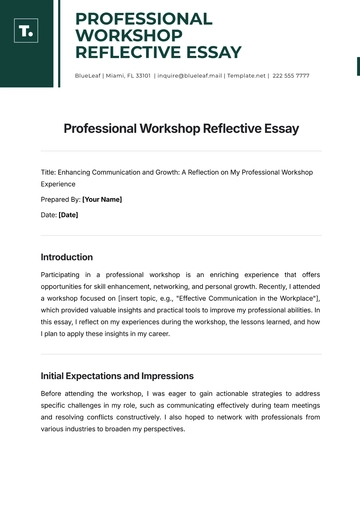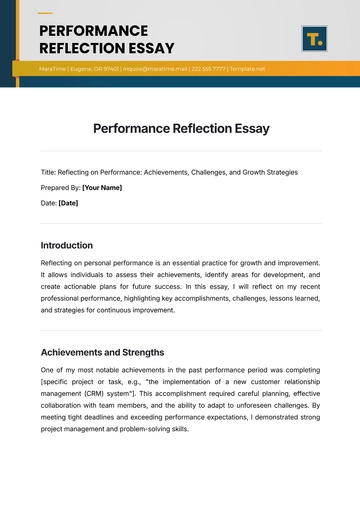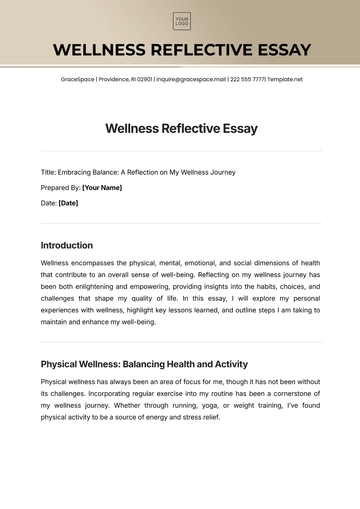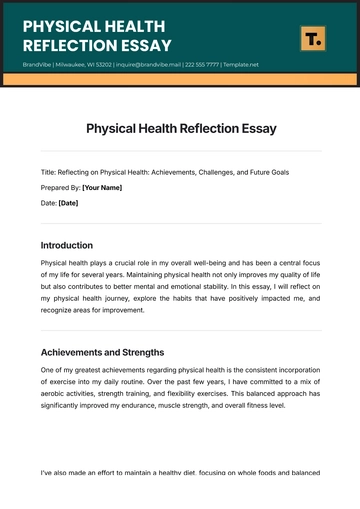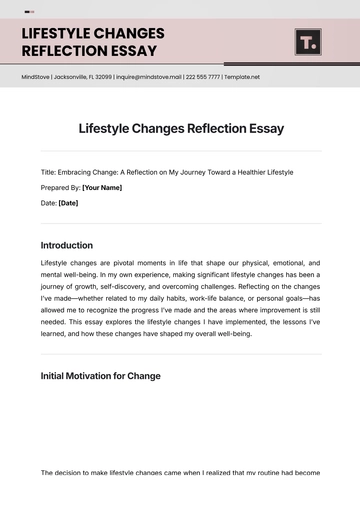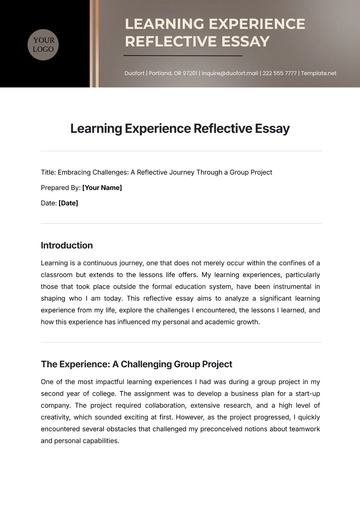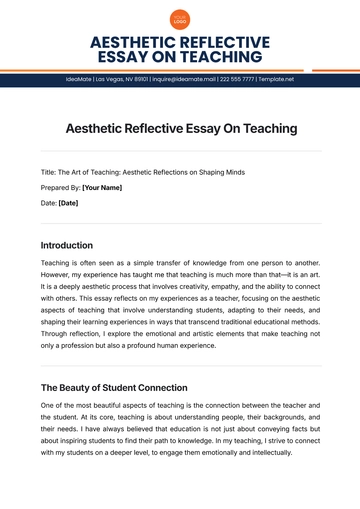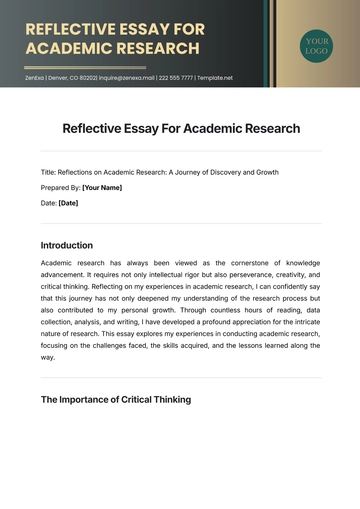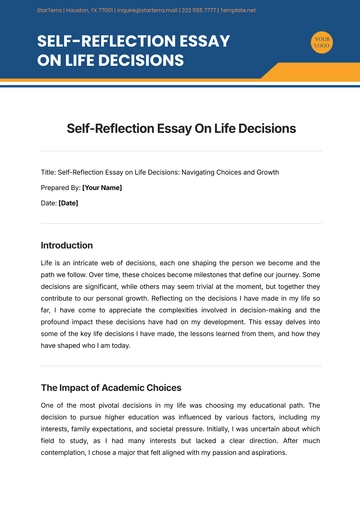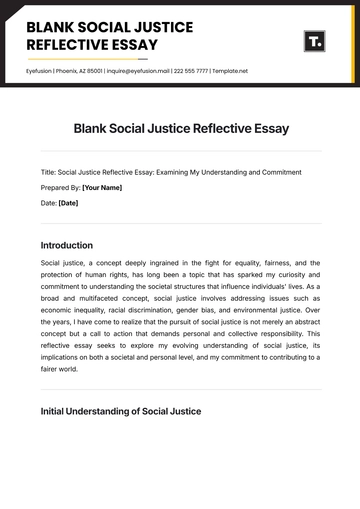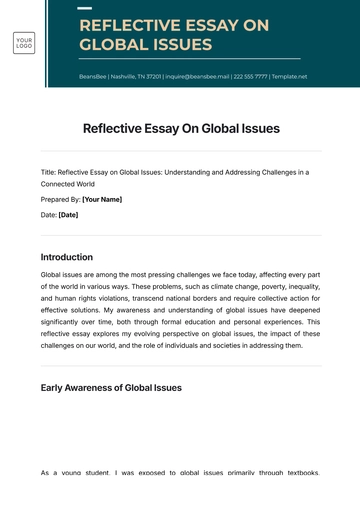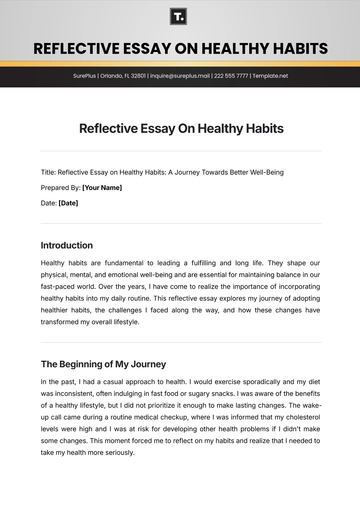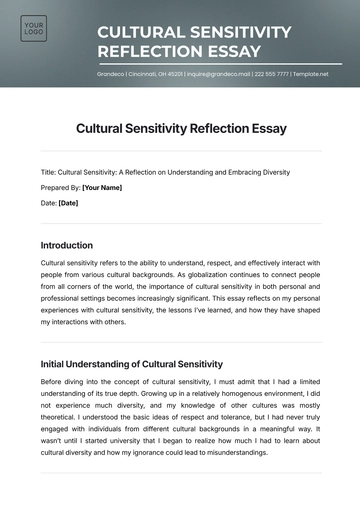Virtual Learning Expository Essay
Written By: [Your Name]
Introduction
Virtual learning has rapidly evolved and gained popularity in recent years, particularly in response to global challenges that necessitate remote education solutions. This essay delves into the concept of virtual learning, analyzing its benefits, challenges, and effectiveness compared to traditional classroom learning. Through a detailed exploration, we aim to provide a thorough understanding of virtual learning and its implications on modern education.
Thesis Statement
While virtual learning offers significant advantages such as flexibility and accessibility, it also presents challenges including technological barriers and varying effectiveness for different learning styles. A balanced understanding of these aspects is crucial for evaluating the overall impact and prospects of virtual education.
Benefits of Virtual Learning
Virtual learning provides unparalleled flexibility, allowing students to access course materials and engage in educational activities from any location with an internet connection. This flexibility is particularly beneficial for non-traditional students, such as working professionals and those with family obligations, who may find it challenging to attend scheduled classes in a physical location (Allen, Seaman, Poulin, & Straut, 2050).
In addition to flexibility, virtual learning expands access to education, enabling students from diverse geographical regions to enroll in programs that may not be available locally. This democratization of education fosters a more inclusive learning environment and promotes lifelong learning opportunities (Means, Toyama, Murphy, Bakia, & Jones, 2050).
Challenges of Virtual Learning
Despite its benefits, virtual learning is not without challenges. One significant barrier is the digital divide, where students from low-income households or rural areas may lack reliable internet access or the necessary technology to participate fully in online education (Van Dijk, 2050). This disparity can exacerbate existing educational inequities and hinder students' academic progress.
Furthermore, virtual learning requires a high level of self-discipline and motivation from students. The absence of a structured classroom environment can lead to procrastination and disengagement. Educators also face challenges in creating interactive and engaging online content that can effectively maintain students' attention and foster active learning (Muilenburg & Berge, 2050).
Effectiveness of Virtual Learning Compared to Traditional Classroom Learning
Research on the effectiveness of virtual learning compared to traditional classroom learning presents mixed results. Some studies suggest that online education can be as effective as face-to-face instruction when designed with best practices in mind, such as incorporating interactive elements and providing timely feedback (Bernard et al., 2050). However, the success of virtual learning heavily depends on the subject matter, the level of student engagement, and the quality of instructional design.
Moreover, virtual learning may not be suitable for all students, particularly those who thrive in social learning environments or require hands-on experiences. Thus, a hybrid model that combines online and in-person instruction may offer the most balanced approach, leveraging the strengths of both formats to enhance learning outcomes (Garrison & Kanuka, 2050).
Conclusion
In conclusion, virtual learning is a transformative educational approach that provides significant benefits, including flexibility and increased access to education. However, it also presents notable challenges such as technological barriers and the need for self-motivation. While virtual learning can be effective, its success is contingent upon various factors, and a hybrid model may offer the best solution for addressing its limitations. As education continues to evolve, understanding and addressing these complexities will be essential for maximizing the potential of virtual learning.
Bibliography
Allen, I. E., Seaman, J., Poulin, R., & Straut, T. T. (2050). Online Report Card: Tracking Online Education in the United States. Babson Survey Research Group.
Bernard, R. M., Borokhovski, E., Schmid, R. F., Tamim, R. M., & Abrami, P. C. (2050). A Meta-Analysis of Blended Learning and Technology Use in Higher Education: From the General to the Applied. Journal of Computing in Higher Education, 26(1), 87-122.
Garrison, D. R., & Kanuka, H. (2050). Blended Learning: Uncovering its Transformative Potential in Higher Education. The Internet and Higher Education, 7(2), 95-105.
Means, B., Toyama, Y., Murphy, R., Bakia, M., & Jones, K. (2050). Evaluation of Evidence-Based Practices in Online Learning: A Meta-Analysis and Review of Online Learning Studies. U.S. Department of Education.
Muilenburg, L. Y., & Berge, Z. L. (2050). Student Barriers to Online Learning: A Factor Analytic Study. Distance Education, 26(1), 29-48.
Van Dijk, J. (2050). The Digital Divide. Polity Press.
Essay Templates @ Template.net
